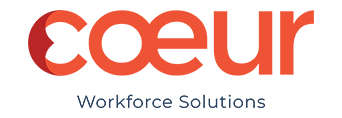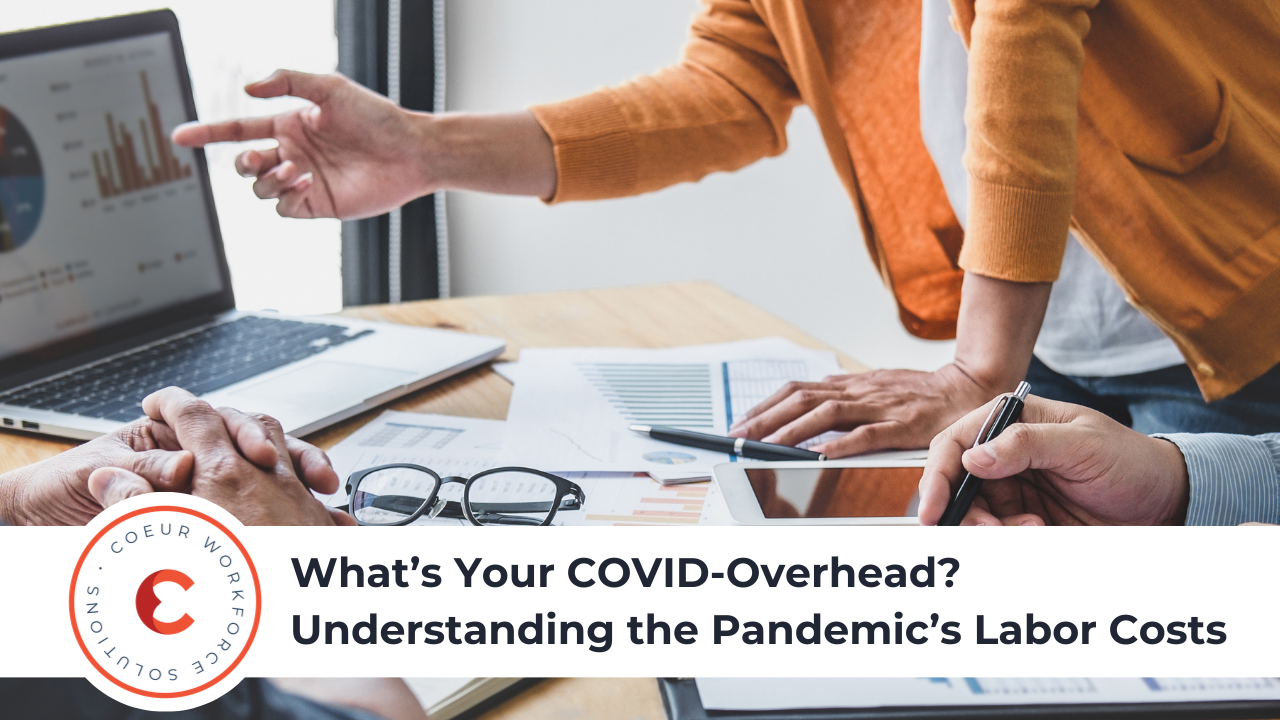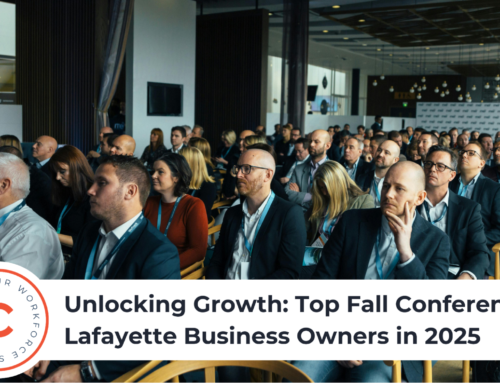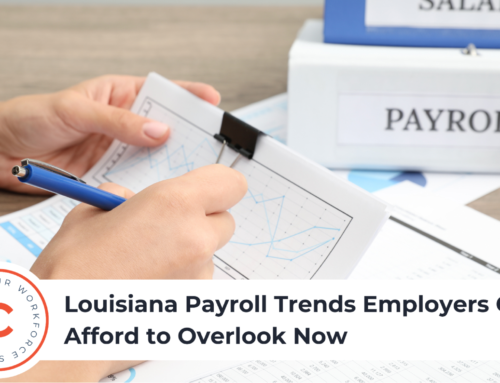Spending money on cleaning supplies and other protective gear? Now factor in that your employees are taking time, which is money, to use those supplies for cleaning and other new job tasks like temperature screening. On top of that, these new and modified tasks employees need to do were implemented quickly – and, partly because of that, are very inefficient. This is because they were often poorly designed in a hurry, not automated and often performed inconsistently from location to location. This adds to your COVID overhead as well.
And, none of this accounts for higher wages driven by COVID-related pay premiums or to attract new employees. It does not account for the cost of increased absences as employees need to self-quarantine due to potential coronavirus exposure or infection. Nor does it account for the administrative costs of implementing and managing all these changes.
I have spoken with several executives who are alarmed at their payroll costs relative to revenue. For organizations that saw revenue decline, it can be hard to fathom why payroll has not shrunk at a similar pace. For those that saw their revenue increase, it stings to see higher labor costs cut into profitability. Regardless, your executives will expect you – an operator or human resource professional – to get labor costs under control.
You cannot take a big knife to labor costs to solve this problem. In many cases, the pandemic has not created redundancies in your workforce, but rather increased the volume of work to be done while simultaneously decreasing productivity and increasing absences. Unless your organization has closed facilities, laying off or furloughing employees will only exacerbate the problem. The challenge, for most organizations, is to do more work with less. A more surgical approach is required.
When the pandemic started, many organizations added time codes and absence reasons to their workforce management systems to create a coronavirus data trail for government assistance programs. While these changes were adequate to meet government reporting requirements, they did not provide enough information to really understand what has contributed to COVID overhead.
Deeper forensic analysis is required to truly understand COVID overhead, where it comes from, and how to manage it. Organizations will need to dig into the data from their workforce management and production systems to uncover the problem’s roots. They will need to work across the organization to find labor efficiencies – improving wasteful processes or automating manual tasks – to offset the impact of coronavirus on labor costs.
Fully understanding COVID overhead will not be easy, but it will be rewarding. It will save jobs and make your company stronger coming out of the pandemic.
Source: https://workforceinstitute.org/whats-your-covid-overhead-understanding-the-pandemics-labor-cost/





